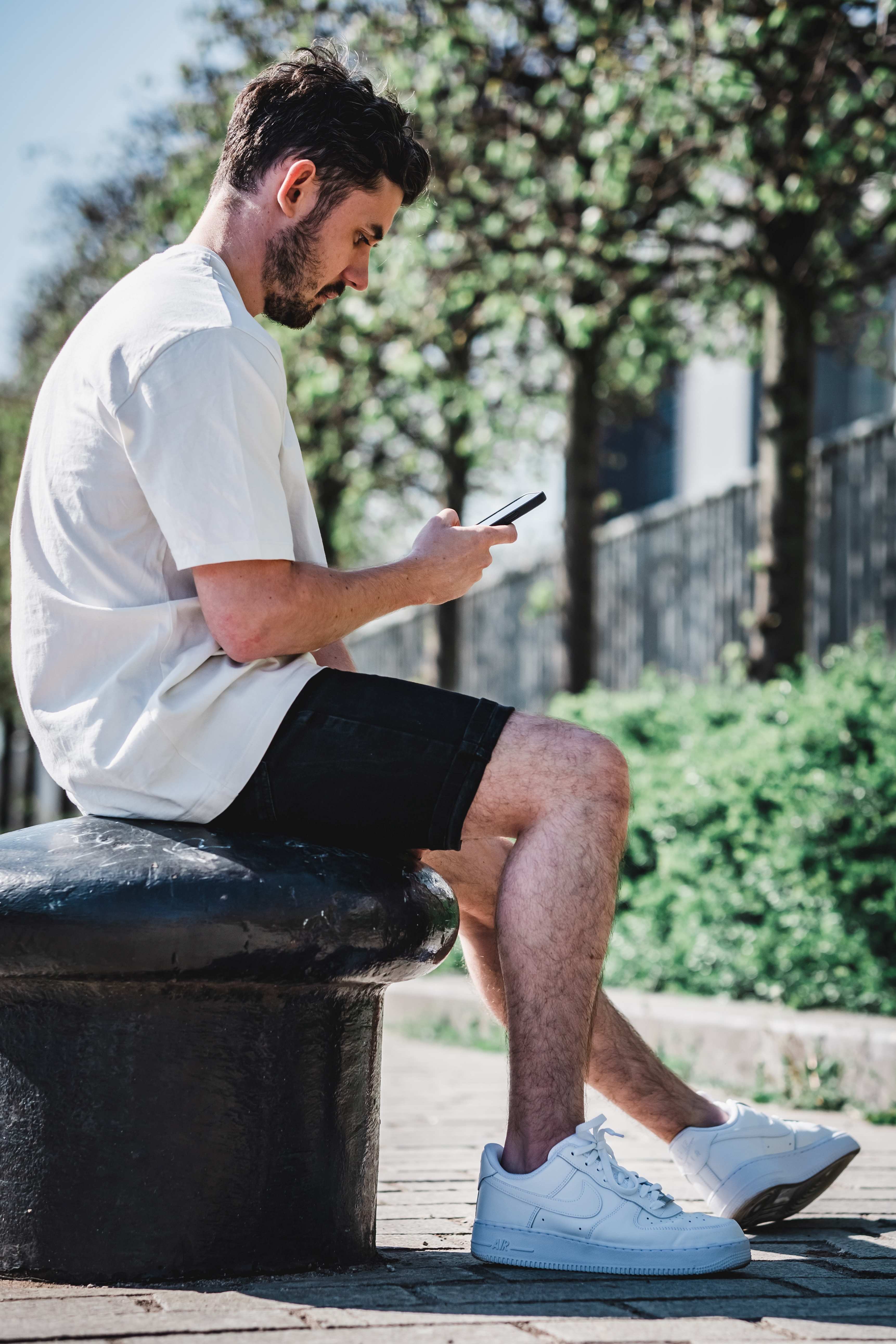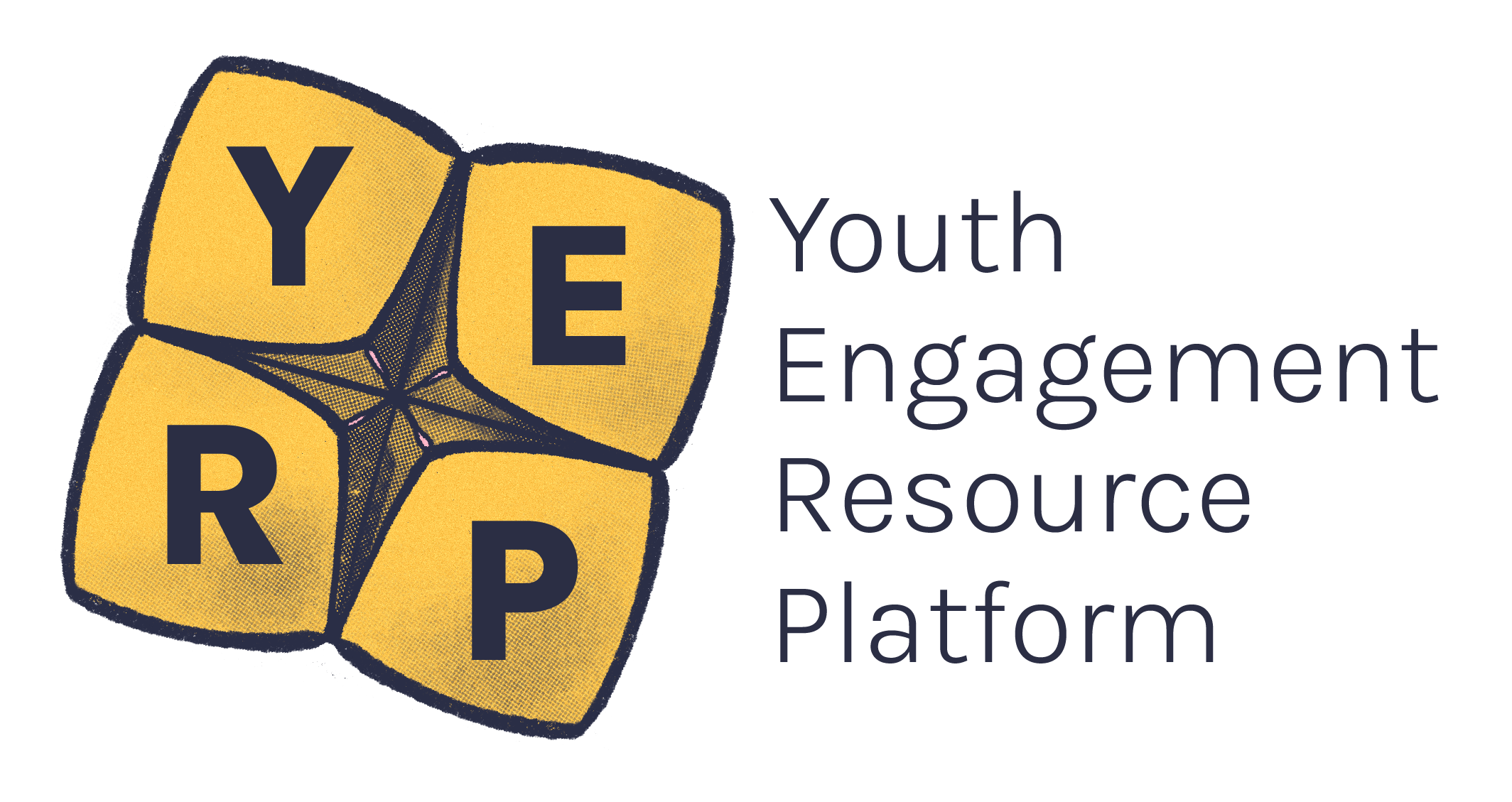Content warning: discussion of sexual manipulation
Young people – young men especially – are increasingly finding themselves the targets of what has been coined ‘sextortion.’ This is when a person is emotionally manipulated by someone who claims to be romantically and/or sexually interested in them only to then be tricked into sending explicit images of themselves.
The minute a young person sends these images to the person scamming them, they’re blackmailed. The threat of the images being released is used to scam money out of young people. Sadly, to save them from the embarrassment of having private images of themselves publicly displayed, they do often find themselves sending money to these scammers, hundreds of dollars at a time.
This form of extortion is an increasing risk for young people on the internet. Luckily, the research shows that most of the time, these scammers will not actually release the images they have. It is just a scare tactic.
Authorities are advocating that young people who find themselves in this position do not pay any money to these people. Contact the local authorities or visit eSafety for advice on how to proceed. Victoria's independent regulator for online safety.eSafety can provide you with information and support to navigate any incident of involving sexually explicit images online.
If you know someone who is experiencing sextortion here are a few things eSafety recommends you do:
- Remind them that they have done nothing wrong — the person who shared (or threatened to share) their image is the one who is to blame. Tell them you are on their side and are there for them.
- Ask how you can help them and what they need from you.
- Do not ask why they took or shared the image or video in the first place. It can sometimes make the person who experienced the abuse feel like they are to blame.
- Listen to the person who experienced the abuse and avoid comparing them to yourself or others.
- Be there when they need to talk.
- You can help them to make an image-based abuse report to eSafety and the team will do what they can to help, including working to have the images removed if they have been posted online.
- You can also report images and videos to social media services and websites. If that is what they want, help them report the abusive content to the site or service where it was posted and ask for the content to be removed.
- Refer them to support, ways to take action and legal assistance on the eSafety website.
- The eSafety Guide includes online safety information and direct reporting links.
This post is part of the Yeah, Nah project. Yeah, Nah is funded by the Victorian Government, as part of a $3.5 million investment in affirmative consent education.




